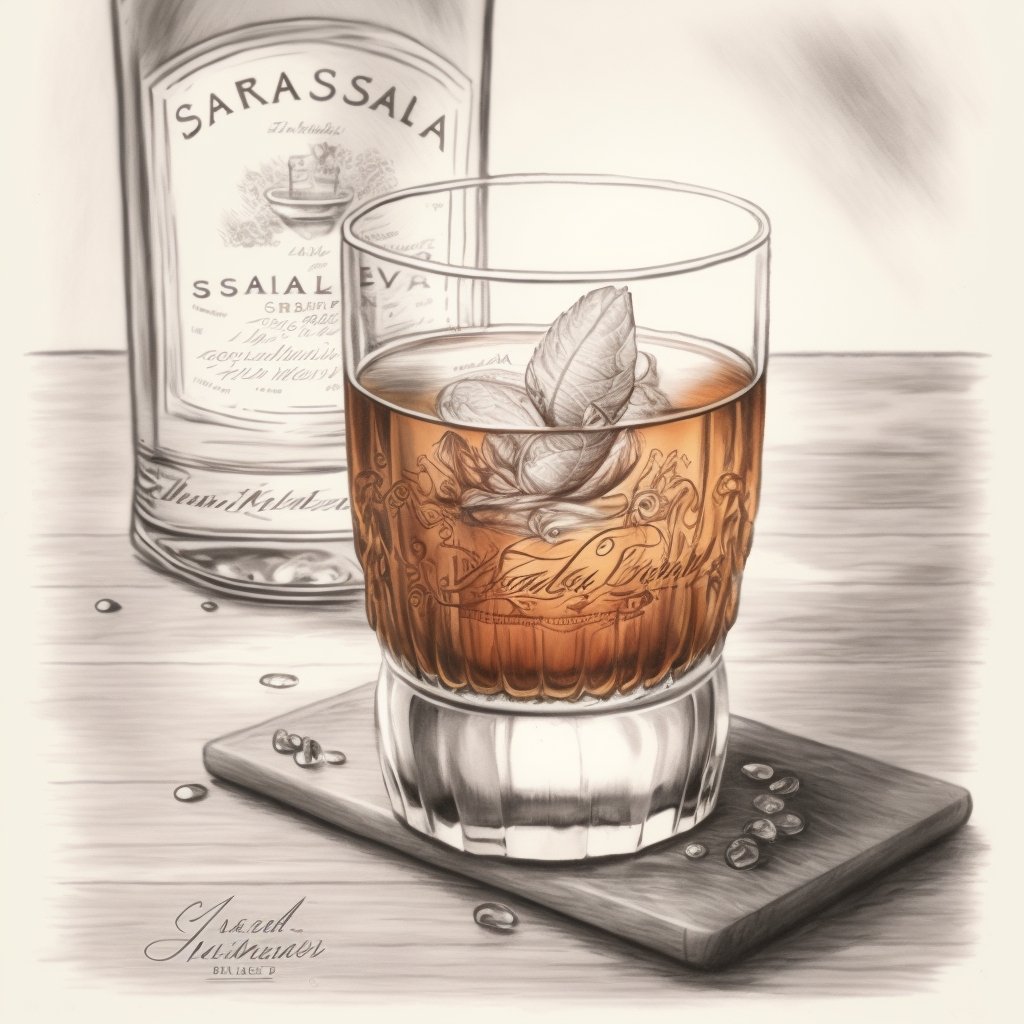The sweet and fluffy treat that is cotton candy has a history as rich and varied as its flavor. Often credited as originating in 19th century France, the first machine-spun cotton candy was actually developed by William Morrison and John C. Wharton in New Orleans in 1897, making it the oldest version still enjoyed today.
Unlike the French spun sugar which was made using handkers which required considerable skill to craft an edible product, Morrison and Wharton’s innovation made use of a simple machine with rotating disks; allowing anyone to easily create delicate webs of sugar with uniform texture and size — making it much easier to transport and store. The invention of this device allowed Morrison and Wharton to quickly corner the market on what had been a relatively small industry at the time, becoming wildly popular among customers who had previously only been able to purchase expensive sweets from vendors selling “hard” candy.
With their newfound success came increased popularity — soon cotton candy was appearing at carnivals all over America! This sparked a host of new developments including pre-packaged bags filled with individually wrapped portions (often containing food coloring for added effect). These advancements brought great convenience for consumers but also led to a growing need for regulation from public health officials concerned about hygiene standards when dealing with such an inherently sticky product.








Leave a comment
All comments are moderated before being published.
This site is protected by hCaptcha and the hCaptcha Privacy Policy and Terms of Service apply.